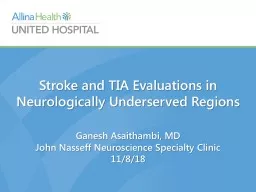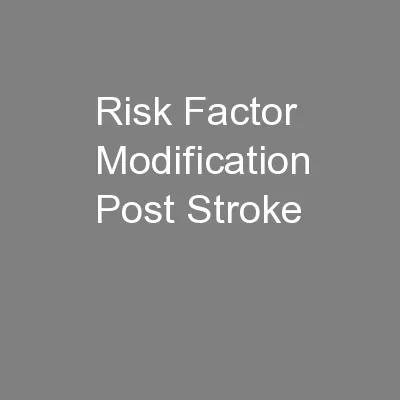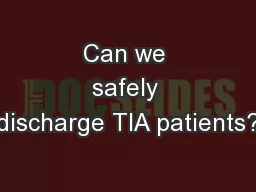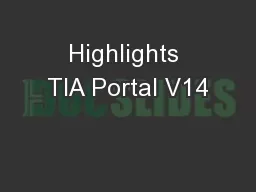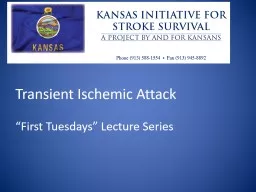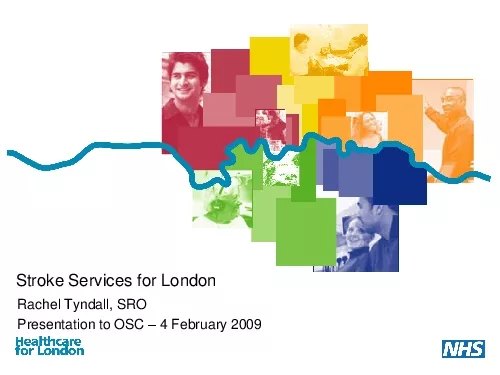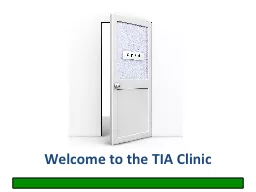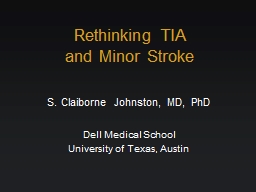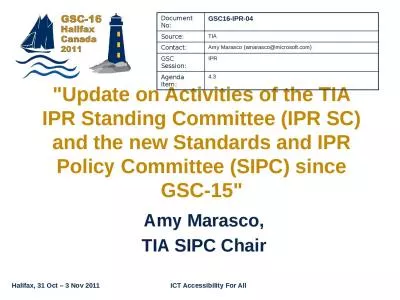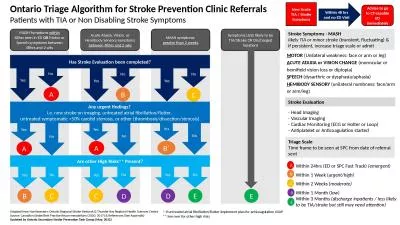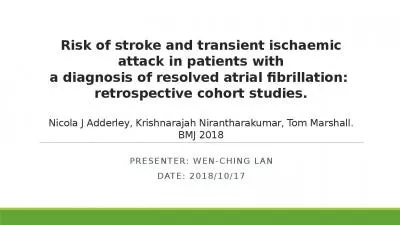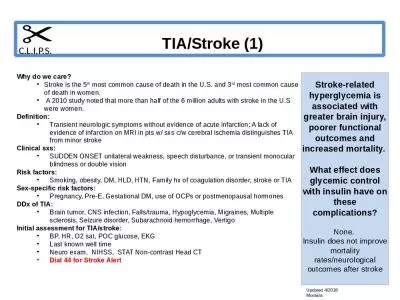PPT-Stroke and TIA Evaluations in Neurologically Underserved Regions
Author : tatiana-dople | Published Date : 2020-04-03
Ganesh Asaithambi MD John Nasseff Neuroscience Specialty Clinic 11818 Disclosures No relevant financial or competing interests Objectives Discuss current burden
Presentation Embed Code
Download Presentation
Download Presentation The PPT/PDF document " Stroke and TIA Evaluations in Neurologi..." is the property of its rightful owner. Permission is granted to download and print the materials on this website for personal, non-commercial use only, and to display it on your personal computer provided you do not modify the materials and that you retain all copyright notices contained in the materials. By downloading content from our website, you accept the terms of this agreement.
Stroke and TIA Evaluations in Neurologically Underserved Regions: Transcript
Download Rules Of Document
" Stroke and TIA Evaluations in Neurologically Underserved Regions"The content belongs to its owner. You may download and print it for personal use, without modification, and keep all copyright notices. By downloading, you agree to these terms.
Related Documents

